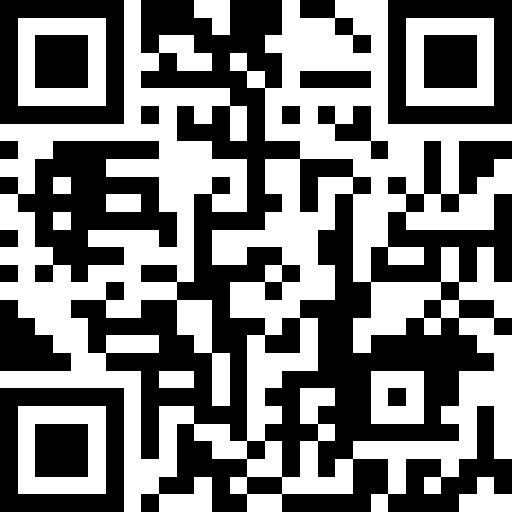Title Page
-
Audit date :
-
Audit reference :
-
Auditor :
-
Auditee :
Mandatory Audit Questions
-
Are procedures being audited meeting the requirements of the where applicable e.g., ISO 9001:2015 and customer-specific codes of practise?
-
Are documents accessible and readily available on the master register?
-
Are documents in use the correct revisions?
-
Have the relevant staff been trained on these documents?
-
Are training records up-to-date with the current documents?
-
Any NC Raised in Previous Audit closed?
Audit Specific Questions
-
Is the organization's strategic direction defined to achieve its goals?
-
Evidence
-
Is the company aware of the key internal and external issues that influence the business
-
Evidence
-
Are processes in place to capture, monitor and review these issues
-
Evidence
-
Has the organisation identified the needs and expectations of internal & external parties
-
Evidence
-
Has the organisation undertaken a SWOT analysis to review and evaluate current business strategies
-
Evidence
-
Are weaknesses and threats identified in the SWOT analysis used as inputs to the identify risk and opportunity
-
Evidence
-
Is there a register of identified internal & external risks and their treatment
-
Evidence
-
Are policy statement(s) regarding the organization's purpose and strategic direction in place e.g., Mission Statements, vision and core values
-
Evidence
-
Is there evidence that all pertinent internal and external issues at reviewed periodically
-
Evidence
-
Are records of meetings available where context is routinely discussed and monitored
-
Evidence
-
Are structured risk assessments of external and internal issues available
-
Evidence
-
Is feedback obtained from employees through opinion surveys
-
Evidence
-
Is documented information describing organizational context, included as part of a quality manual
-
Evidence
-
Do documented interested parties include as a minimum customer, partners, end users, external providers, owners, shareholders, employees, government agencies, regulatory authorities, local community [if applicable]
-
Evidence
-
Has the organisation considered which stakeholder requirements generate compliance or legal obligations and those that are relevant to the management system, & is this documented
-
Evidence
-
Are relevant are requirements of interested parties used as inputs into the management system planning process, as potential risks and opportunities
-
Evidence
-
Is there evidence that interested parties’ requirements are reviewed and updated when changes in their requirements occur, or when changes within the organization’s management system are planned.
-
Evidence
-
Has the organisation document the scope of the management system management this must be retained as documented information
-
Evidence
-
Does the scope describe the range of products services; different sites and activities, facilities, remote locations; external provision of processes, products and services, common support provided by centralised functions that are covered under, and supported by the management system.
-
Evidence
-
Where exclusion to non-applicable requirements of the ISO9001standard apply are these documented and justified
-
Evidence
-
Is there a process model that explains the key processes of the business and how each relates and links to the others such as design and development, manufacturing, customer service and purchasing.
-
Evidence
-
Are process inputs and outputs defined and interactions documented.
-
Evidence
-
Has the organisation determined which processes are responsible for meeting which requirements
-
Evidence
-
Has the organisation document the supporting management system processes and their sequence and interactions such as human resources, finance, document control, training and facilities maintenance, etc. Note: depth of process explanation may be as detailed as the company chooses
-
Evidence
-
Where used are outsourced processes controlled and are controls defined and described
-
Evidence
-
Does the organisation monitor the outsourced process for effectiveness and improvement
-
Evidence
-
If an outsourced process is controlled through purchasing, is there documented objective evidence to ensure that these processes are being controlled beyond the basic purchasing requirements
-
Evidence
Opportunity For Improvement
-
Number of OFI raised :
-
Details
-
Have the OFI details been added to HubSpot
Non-conformance
-
Number of Non-conformances raised :
-
Details
-
Have the Non-conformance details been added to HubSpot













